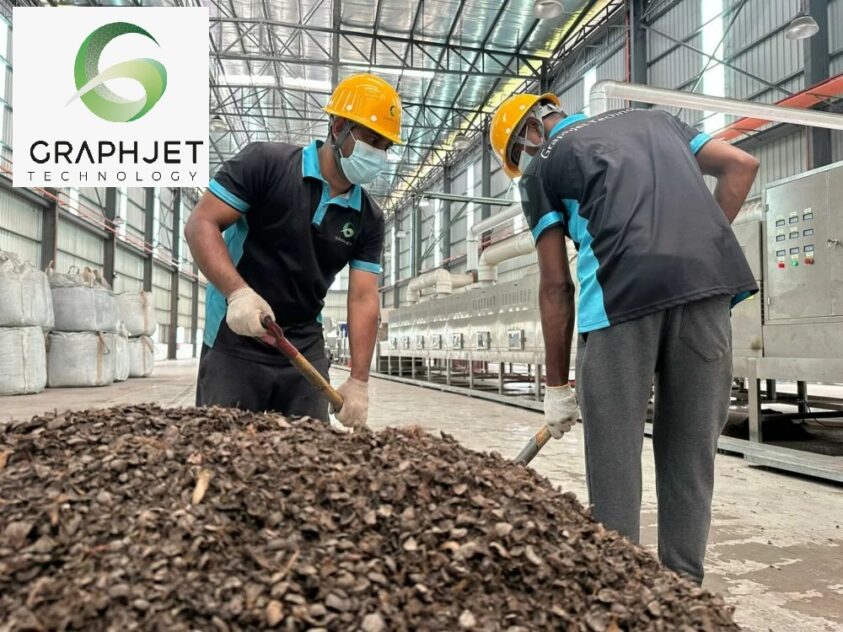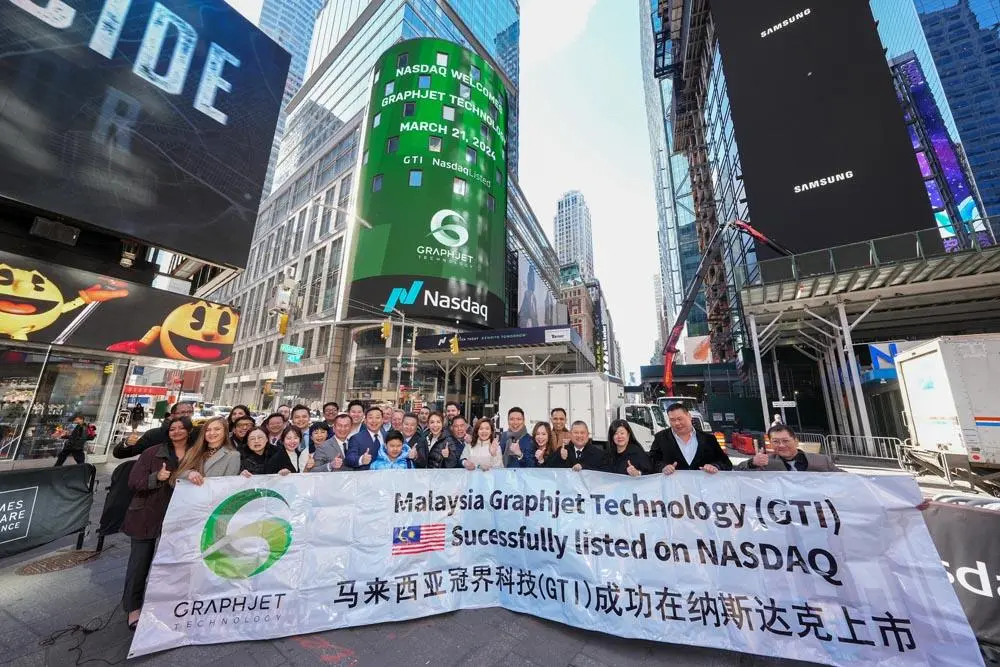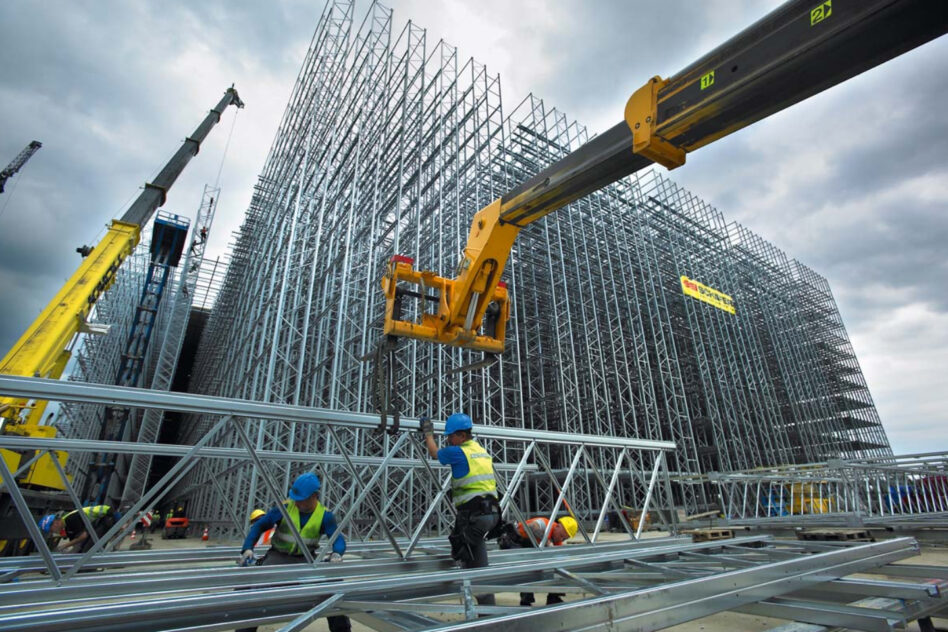NASDAQ-listed Graphjet Technology, a Malaysia-based company that has patented the technology to convert palm kernel shells into graphite and graphene, has achieved key breakthroughs in catalysing graphitisation to produce high quality synthetic graphite with its patented green graphite production technology.
The group’s artificial green graphite which is produced from palm-based biomass residues has been tested and proven by an authoritative third-party agency to have achieved 99.99% graphite purity and 98.8% graphitisation level, both of which exceed the standards of high-quality graphite.
“These results verify that our patented technology is mature and reliable and that we are committed to providing industry-leading artificial graphite products to global customers, backed by proven metrics that they can trust,” commented Graphjet’s CEO and co-founder Aiden Lee Ping Wei.

“These significant innovations further validate our technology as we position ourselves as the world’s leading supplier of green graphite.”
As it is, Graphjet’s green graphite technology is the first in the world to produce artificial graphite directly from palm kernel shells, a widely available waste product in Malaysia and Indonesia.
That Graphjet has achieved the highest levels of both purity and graphitisation among all biomass graphite production technologies further demonstrates the group’s suitability in the production of semiconductors and anode materials for high-performance electric vehicle batteries.
Notably, Graphjet’s technological achievements have been validated by third-party labs in China.
“Throughout Graphjet’s process, our core differentiator is our proprietary catalysts formula which enables us to cost-effectively produce graphite of the highest quality,” justified Lee.

“Maintaining high temperature graphitisation for extended periods requires high-quality equipment to control parameters such as temperature, pressure, time and graphitisation gas. These factors are critical in determining the graphitisation degree and properties of artificial graphite.”
Higher graphitisation levels signify a higher percentage of graphite crystal formation within a graphite sample. The graphitisation level will depend on key factors during graphitization process such as temperature, pressure, time and graphitisation gas.
Artificial graphite with favourable heat conductivity properties, stability and chemical properties can be applied in the production of lithium-ion batteries, graphite electrodes, heat management and high-performance porcelain industries.
In this regard, Graphjet is rapidly expanding its operations to meet the growing global demand for green graphite.
The group has recently commissioned the world’s first and largest green graphite facility in Malaysia with an annual production capacity of up to 3,000 metric tonnes.
This facility is capable of supporting battery production for some 40,000 electric vehicles (EVs) per year.
For every kg of graphite produced, Graphjet’s patented technology produces only 2.95kg carbon dioxide (CO2) emissions which are significantly lower than traditional methods. – Dec 16, 2024










